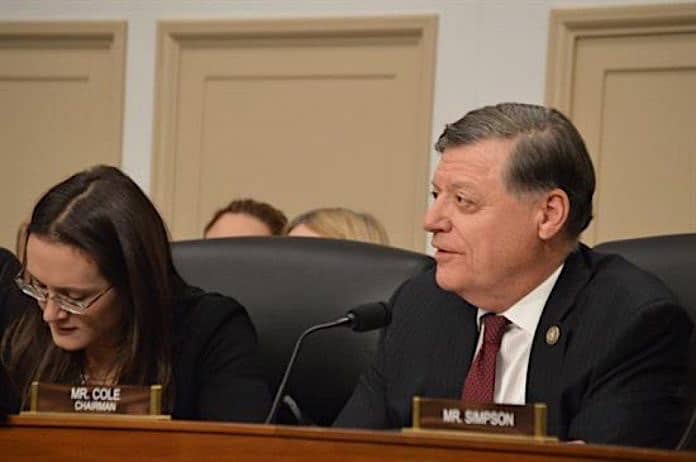A U.S. House Appropriations subcommittee has approved its draft of the fiscal year 2019 Labor, Health & Human Services and Education funding bill.
This week’s approval follows the June 14 release of the proposed budget that funds education/school programs. It had generated typical comments by defenders of more funding, or those wanting to preserve previous funding levels.
The Appropriations bill set a total of $181.2 billion in discretionary budget authority—$2.2 billion more than the fiscal year 2018 level and $11.9 billion more than the budget request. The bill includes new investments in apprenticeships, public and mental health, preparedness, education and Social Security.
House Appropriations Chairman Rodney Frelinghuysen commented that the bill includes increases for educational outreach programs like TRIO, which identifies and provides services for students from disadvantaged backgrounds, career and technical education, and early childhood education initiatives.
Subcommittee Chairman Tom Cole, R-Okla., said, “This bill is one that supports and benefits all Americans.” That includes the homeless student population that is enrolled in public schools, which now totals 1.3 million (2015-16 school year)—a substantial increase from the 910,439 in the 2009-10 school year.
He added that it’s possible some funding will be restored before the markup.
On the other side of the aisle in the Senate, Patty Murray, D-Wash., the ranking member of the Subcommittee on Labor, HHS & Education, & Related Agencies, said the bipartisan compromise was the result of hard work. She cited tough choices made by both sides during the negotiation, but she added that lawmakers still stuck with their effort to write the best bill possible.
“It’s not what either side would have written on our own, but like we did just a few months ago, I am very proud that so many of us worked together to push aside President Trump’s partisan poison pills, as well as his request for massive cuts that would be devastating for families and communities,” she added.
Meanwhile, Appropriations Committee member Katherine M. Clark (D-Mass) said Congress had “completely failed” to ensure children are traveling to and from school safely.
What Would the Bill Fund?
The U.S. Department of Education would receive additional funds for Title I-A grants, special education programs and academic enrichment grants. The proposal also includes increased funding for Minority-Serving Higher Education Institutions and Special Institutions for Persons with Disabilities.The bill would provide $5.23 billion for the Child Care & Development Block Grant, which would maintain the historic $2.37 billion increase provided for the program in fiscal year 2018.
The bill also funds an increase of $250 million for Head Start, which includes a full cost-of-living adjustment for grantees, plus $40 million to help programs continue to expand their hours of operation. In addition, the bill maintains level funding of $250 million for Preschool Development Grants, despite their proposed elimination in the president’s budget proposal.
The bill would also protect key investments that are needed to support implementing the Every Student Succeeds Act (ESSA), the bipartisan reauthorization of the Elementary & Secondary Education Act.
Highlights include:
- $15.885 billion, $125 million more than last year, for Title I-A grants to local educational agencies (LEAs).
- $12.4 billion for special education state grants under Part B of IDEA, an increase of $125 million more than last year.
- $95 million, an increase of $5 million more than last year, for School Safety National Activities that are used to respond to violent and other traumatic events. The President’s budget proposes $43 million for these activities.
- $93.5 million, an increase of $8.5 million, for Education for Homeless Children & Youth grants for services to homeless children that help them enroll and succeed in school. This bill provides an increase of 10 percent for the third year in a row.
But according to Roll Call, the House proposal would reduce school safety and student behavioral health funding by $110 million, despite nationwide debate on school security, gun violence and self-harm. The cuts would come amid continued congressional efforts to increase spending on its own security, critics noted. Roll Call reported that federal funding for school safety programs exceeded $600 million in 2007, but today the figure is around $400 million.
In comparison, Roll Call reported that the Capitol Police budget would exceed $450 million in fiscal year 2019 under the House’s Legislative Branch bill, compared to $393 million in fiscal year 2017. The Sergeant at Arms for the House and the Senate respectively received $5 million and $7.7 million extra for legislator security in fiscal year 2018.














